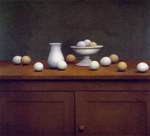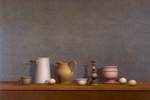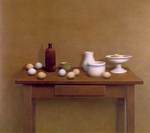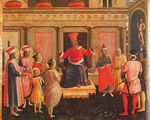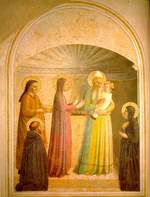Featured Artist at the e.Gallery: Il Giorgione
Featured Artist at the e.Gallery this week is a 16th Century artist, Il Giorgione [Venetian, 1478-1511] Link: http://fineart.elib.com/fineart.php?dir=Alphabetical/Barbarelli_Giorgio
Italian painter, one of the … Continue reading





